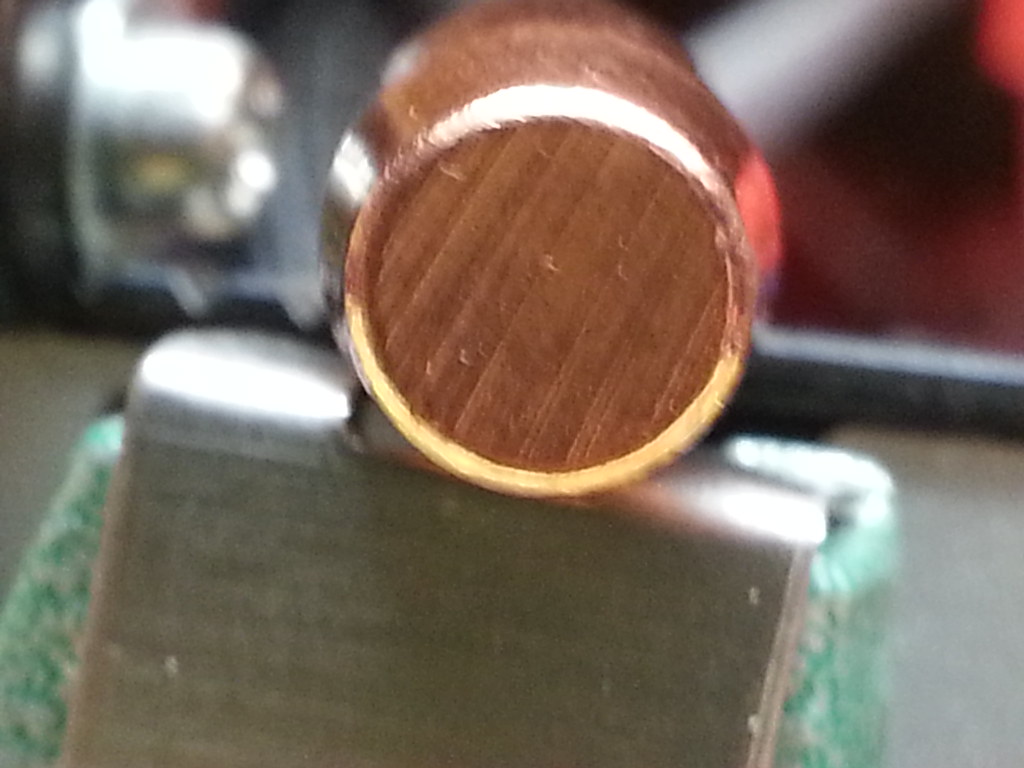Petrov,
No, it's not going to make any sort of measurable difference on target regardless of range. This areas of the bullet isn't really the important area of the bullet where accuracy is concerned. It's already been mentioned that the base is critical to accuracy (and it is), but this isn't it. The critical area is the break, where the bearing surface transitions into the boat tail itself. In a flat based bullet, "the base" is still concerned primarily with that small radius between the bearing surface and the turn to the flat base. Any sort of deformity in this area, be it the radius on a flat base bullet or that break on a boat tail design, will cause problems. But the actual, true base of the bullet is pretty insensitive to minor deformities, especially as they get closer to the CG and center of axis of the bullet. A previous poster mentioned that we stamp this portion of some of our line (and that's true), and it happens to be our premium Scenar L series of match bullets. No negative effect on accuracy whatsoever. I would also point out that most FMJ Match bullets, such as the M72, M118 or out own Lock Base designs, geneally have some minor irregularities at the base where the visible lead is exposed. Still, they shoot just fine. You'll be fine here, just shoot them and don't sweat it overf the base. If there is any issue with how they shoot, the problems rests somewhere else, in some other aspect of the bullet's construction.



